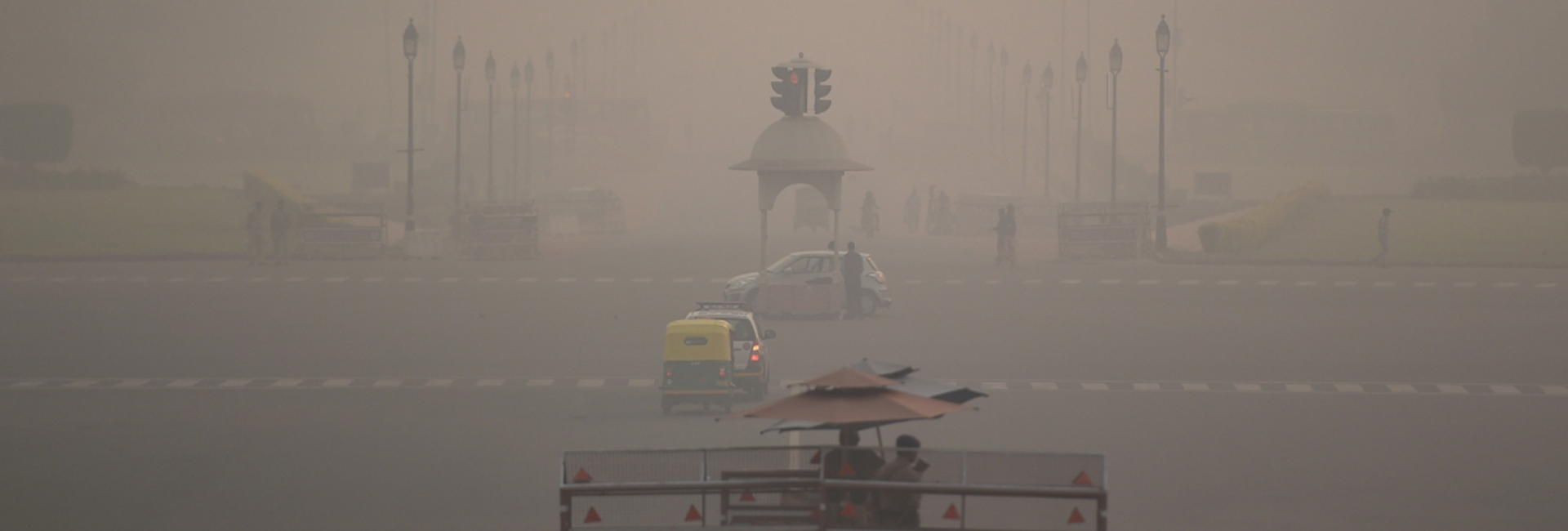The article first appeared in Indian Express on November 10, 2022.
The rapid urbanization of Indian cities has brought severe environmental challenges, with air and water pollution posing grave threats to public health and quality of life. Delhi, for instance, sees 80% of families suffering from respiratory ailments due to hazardous pollution levels. Cities in Uttar Pradesh frequently record “poor” air quality, and in 2019 alone, air pollution claimed the lives of over 1.67 million adults and 110,000 infants across India. Despite these alarming statistics, urban areas have struggled to implement comprehensive solutions, leaving millions to contend with unbreathable air and inadequate resources for clean water.
The roots of air pollution in urban India are diverse and complex. Crop stubble burning in neighboring regions contributes significantly to air quality degradation, especially during the winter months. Industrial emissions, vehicle exhaust, and construction dust further aggravate the issue. Political rivalries between state and central governments often impede coordinated efforts, leading to a piecemeal approach to combating pollution. This lack of unified action disproportionately affects low-income families, who cannot afford protective measures like air purifiers.
Water quality, too, suffers from unchecked industrial waste, untreated sewage, and rampant urbanization encroaching upon natural water bodies. The lack of proper waste management systems exacerbates the crisis, leaving urban residents vulnerable to waterborne diseases.
One of the most effective strategies to combat urban air and water pollution is the expansion of green spaces. Trees act as natural air purifiers by absorbing pollutants and releasing oxygen, while also reducing the heat island effect prevalent in cities. Cities like Ahmedabad and Chandigarh offer successful examples of urban greening. Ahmedabad’s municipal corporation has planted over 20,000 trees in its 43 urban forests using the Miyawaki technique, a method known for its rapid afforestation benefits. Similarly, Chandigarh boasts 1,800 parks, with nearly 46% of its area classified as green in 2019.
Non-governmental organizations (NGOs) are also stepping up. Chennai-based NGO Thuvakkam, with its 1,800 volunteers, has grown 25 Miyawaki forests, planting over 65,000 trees. Such efforts are now spreading to other cities, showcasing the power of community-driven change.
To address urban pollution holistically, India must adopt multi-dimensional strategies. Expanding green cover, promoting cleaner technologies, improving waste management systems, and ensuring inter-governmental collaboration are essential steps. Public participation through awareness campaigns and grassroots movements can further drive meaningful change. By combining these efforts, India can aspire to create healthier, more sustainable urban environments for future generations.
Read more: Indian Express
Find more Global Indian Top Reads

